The First Stage - Soejikomi [Daiginjo] (January 15, 2021)
We will continue to cultivate the yeast from the yeast starter (shubo). But, for now,
the yeast has become inactive following karashi - the period where the shubo is cooled.
During the first stage - soejikomi (hatsu-zoe) the temperature is higher than during the second stage (naka-zoe) and the third stage (tome-zoe).
Bring in the Steamed Rice - Hikikomi (January 14, 2021)
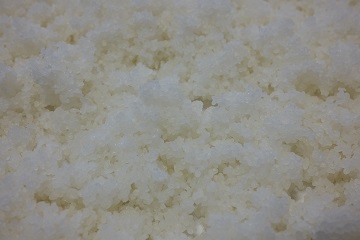 |
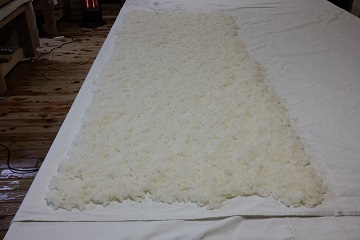 |
The steamed rice is carried to the koji room (muro) and spread out evenly over tables. When the temperature and moisture content is uniform, we sprinkle over the seed (starter) koji.
Wakamizu rice, known for producing excellent sake, is cultivated by producer - Mr. Hirofumi Minato. We use it in our Tokubetsu Junmai - Ichinoide.
This Year’s Sake Brewing (January 13, 2021)
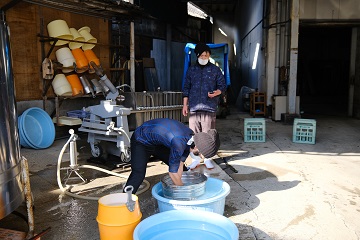 |
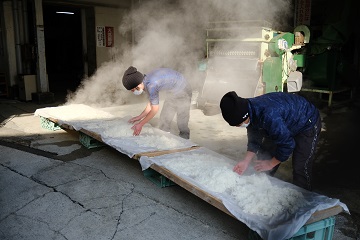 |
As a result of the ongoing influence of the coronavirus, we have seen our sales fall sharply, and our production volume is less than half of an average year.
Toji Matsuno and Mr. Murakami are still working hard during this cold January, albeit at a relatively slower pace.
Because of these circumstances, I have a feeling that the sake will be better than ever!
Foaming - Fukure (January 12, 2021)
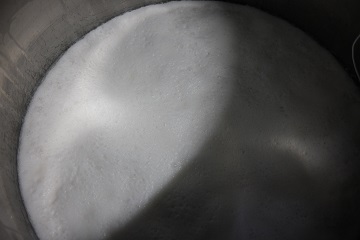
On the fifth day after preparation, the Yamada Nishiki high-temperature saccharified yeast starter (shubo)- is expanding. When yeast begins to grow, the carbon dioxide gas generated causes the surface of the yeast starter (shubo) to bulge.
We call this foaming - fukure. In addition to the wonderful aroma of fresh fruit, streaks begin to appear on the shubo’s surface.
High-Temperature Saccharification Shubo - Yeast Starter (January 8, 2021)
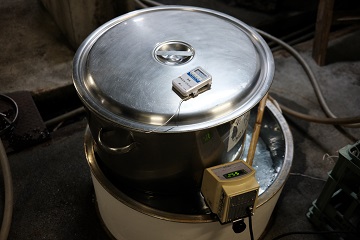
Yesterday, we completed the dekoji for the Yamada Nishiki shubo. Currently, it is saccharifying at a high temperature with our kakemai.
For the “high-temperature saccharification shubo” method, we first saccharify the koji. Saccharifying at 56℃ (for 5-7 hours) is the optimum temperature for the saccharifying enzymes. This creates the perfect culture medium for the yeast. We now add lactic acid to the remaining water and rapidly reduce the temperature to 25℃. Finally, we add a large amount of our excellent yeast culture.
Dekoji (January 7, 2021)
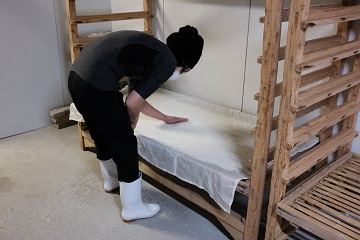
Following the mounding (mori), the middle step (naka-shigoto), and the final step (shimai-shigoto), the Yamada Nishiki rice is now ready for dekoji.
When the koji enzymes have done their job and the koji is ready, we remove the koji from the koji room, exposing it to the cooler outside air. The lower temperature stops the growth of Aspergillus. This process is called dekoji.
Mounding - Mori (January 6, 2021)

The Yamada Nishiki rice, which was covered with a cloth to help retain its heat, was turned over (kirikaeshi). This morning we started the mounding process (mori). Mori involves mounding the rice into boxes (6-8 cm thick) and covering them with a cotton cloth.
At this time, thanks to the kirikaeshi process, the individual rice grains are in a loose state.
Keeping the Steamed Rice Warm (January 5, 2021)
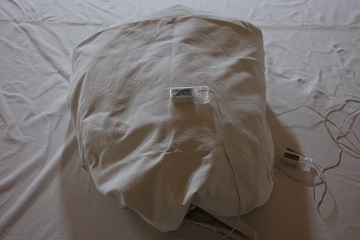
The Yamada Nichiki rice that will be used for our koji was moisture-controlled yesterday. This morning, it was transferred to the koji room after it was steamed.
After the kneading process (tokomomi) is complete, the steamed rice is covered with a cloth. This is to ensure that the temperature does not drop as the moisture from the steamed rice evaporates.
Daiginjo Production has Begun. (January 4, 2021)
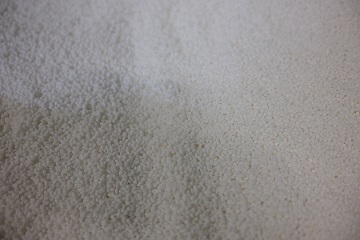
This year’s Daiginjo production has begun!
The photo shows the Yamada Nishiki rice that will be used for our koji (rice polishing ratio 40%). After the rice has absorbed enough water, we will monitor and control the moisture level.
A Wakamizu Rice Field - A Rice that is Excellent for Sake Brewing (September 1, 2020)
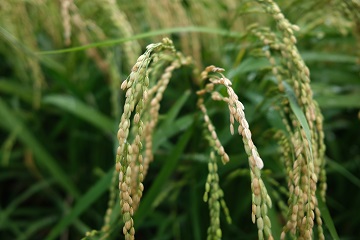 |
 |
The above photos are of the Wakamizu rice field in Ieno, Usuki City. Wakamizu rice is excellent for sake production.
When I visited 6 weeks ago the seedlings had only just sprouted. Now, the ears of rice have fully grown, and their heads are hanging.
The Wakamizu rice will be used for our tokubetsu junmai - Ichinoide and tokubetsu junmai muroka namagenshu - USUKI. They both received very positive evaluations at this year’s Nomikiri (sake quality appraisal).
Mr. Hirofumi Minato, a trusted old school friend of our representitive director, who passionately cultivates Wakamizu rice, told us - “Although I’ve been struggling with the planthoppers this year, I plan to harvest around September 20.”.

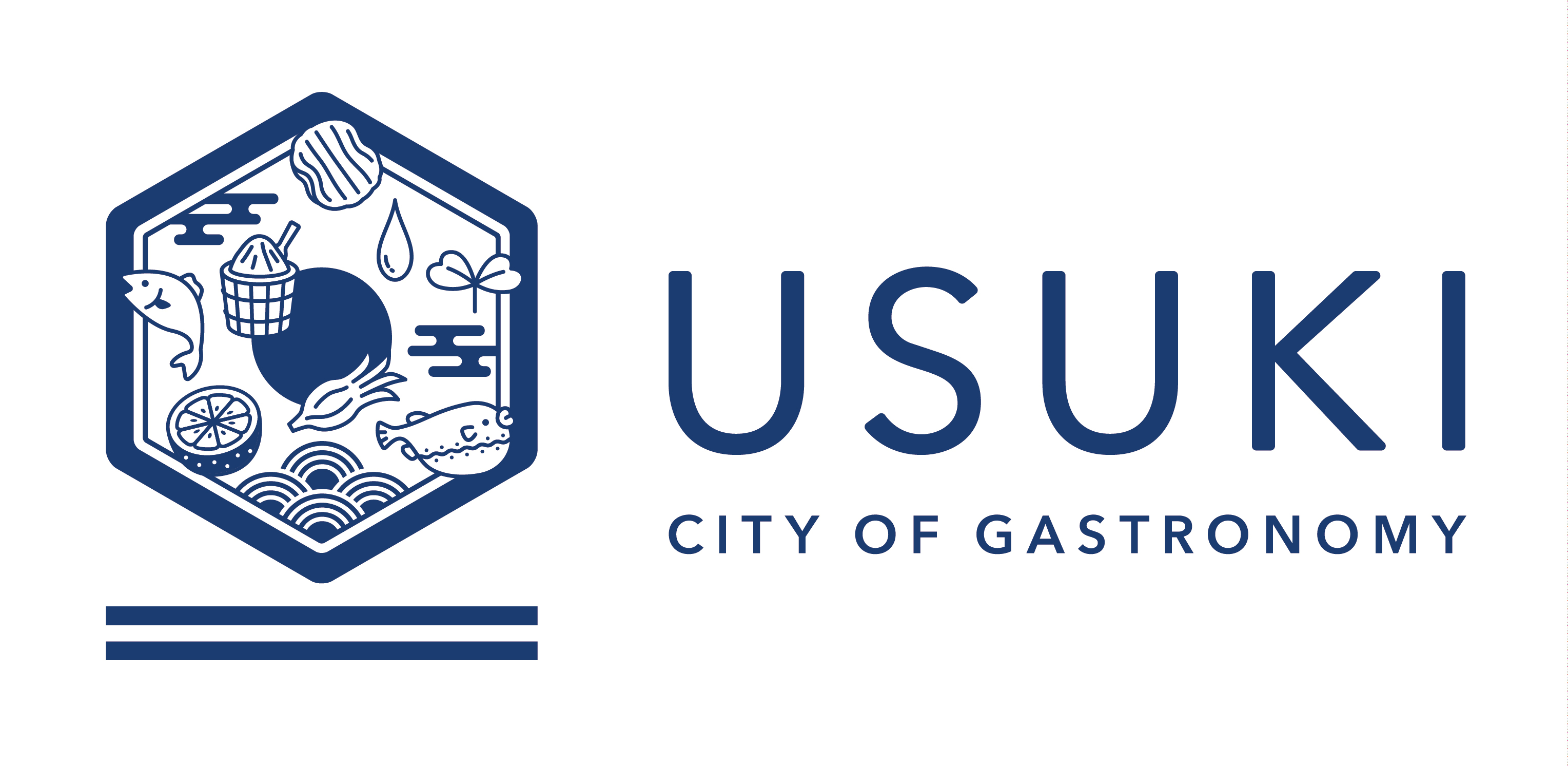

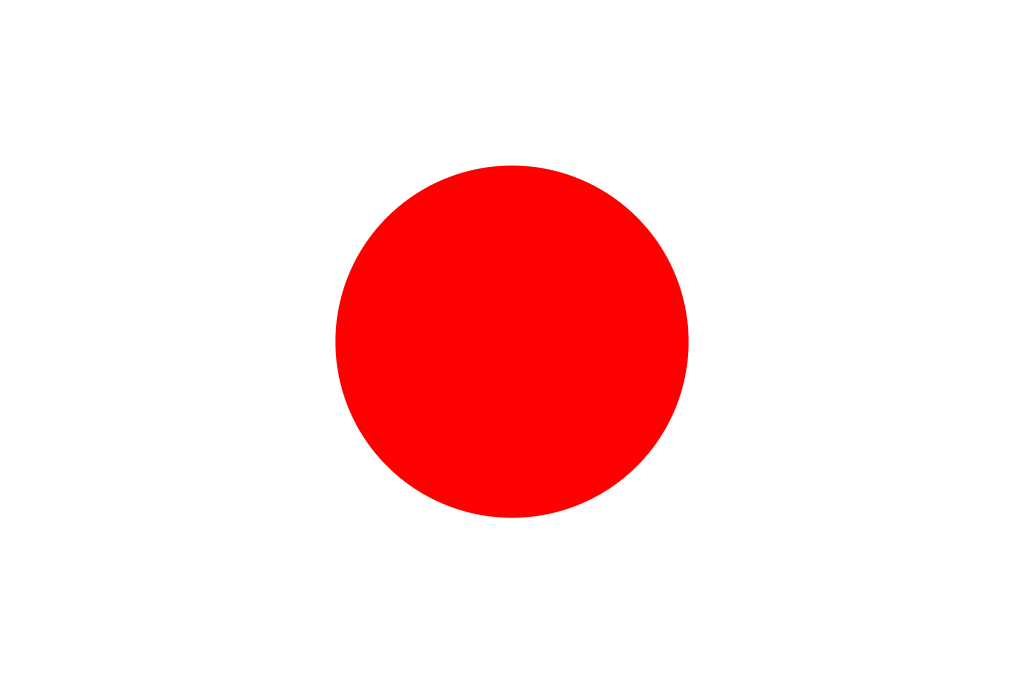 日本語
日本語